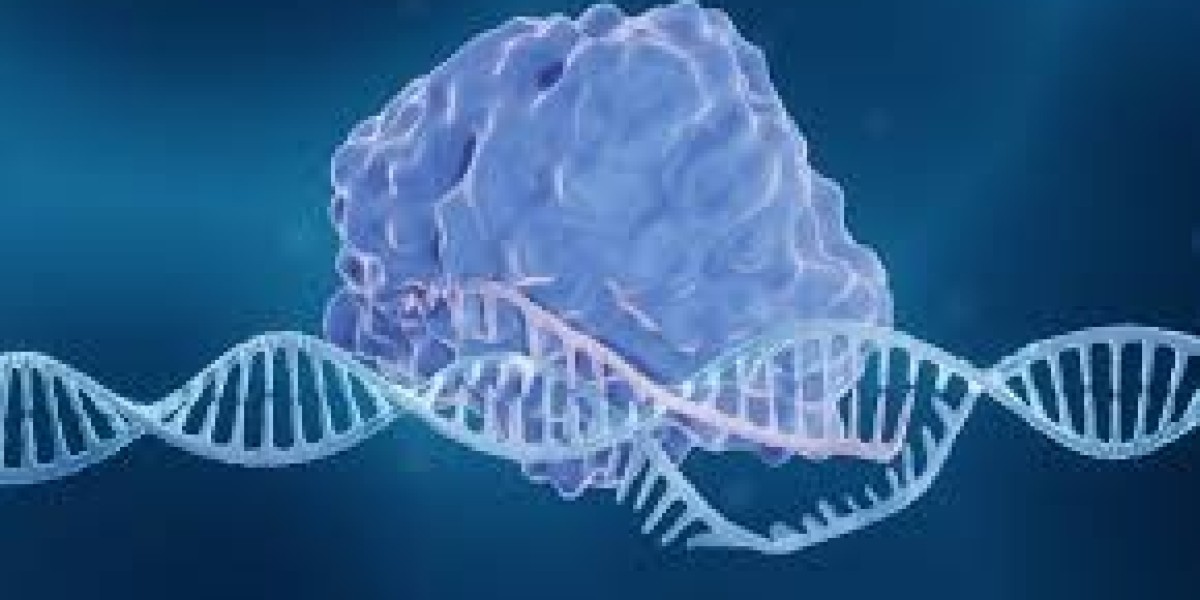Gene Editing: Revolutionizing the Future of Science and Medicine
Gene editing, a groundbreaking scientific innovation, is transforming our understanding of biology, medicine, and genetics. By enabling precise modifications to the DNA of living organisms, gene editing has unlocked countless possibilities for advancing healthcare, agriculture, and environmental sustainability. But what is gene editing, and how is it shaping the world?
What is Gene Editing?
Gene editing refers to a set of techniques used to alter the DNA sequence of an organism. This can involve adding, removing, or changing specific genes to achieve a desired outcome. At the heart of this technology are molecular tools like CRISPR-Cas9, TALENs, and Zinc Finger Nucleases (ZFNs). Among these, CRISPR-Cas9 has gained the most attention due to its accuracy, efficiency, and affordability.
CRISPR-Cas9 works by using a "guide RNA" to locate a specific sequence in the DNA. Once the target is identified, the Cas9 enzyme acts as molecular scissors, cutting the DNA at the desired site. This allows scientists to edit the gene by either repairing it or introducing new genetic material.
Applications of Gene Editing
The applications of gene editing are vast and span across multiple fields, including:
Healthcare
- Treating Genetic Disorders: Gene editing offers hope for curing inherited conditions like cystic fibrosis, sickle cell anemia, and muscular dystrophy. Clinical trials using CRISPR-based therapies have shown promising results.
- Cancer Treatment: Researchers are exploring ways to use gene editing to enhance immune cells' ability to fight cancer, offering a new dimension in immunotherapy.
- Infectious Diseases: Gene editing could potentially eliminate viruses like HIV from infected cells or help fight antibiotic-resistant bacteria.
Agriculture
- Gene editing is being used to create crops that are more resilient to pests, diseases, and climate change. Scientists are also working on enhancing nutritional content, such as increasing vitamins or reducing allergens in foods.
Environmental Impact
- Gene editing has potential applications in tackling environmental challenges. For instance, it could be used to engineer microorganisms that can break down plastic waste or absorb carbon dioxide, helping mitigate climate change.
Animal Health
- Livestock can benefit from gene editing through increased disease resistance, improved productivity, and even the elimination of harmful traits.
Ethical Considerations and Challenges
Despite its potential, gene editing raises significant ethical and societal questions. The prospect of editing human embryos, for example, has sparked debates about "designer babies" and the unintended consequences of altering human genetics. Critics also warn about the potential misuse of this technology in creating bioweapons or genetically modified organisms that could disrupt ecosystems.
Regulation is a key challenge. Countries differ in their stance on gene editing, with some embracing its possibilities and others imposing strict limitations. Striking a balance between innovation and ethical responsibility will be crucial as the field advances.
The Future of Gene Editing
Gene editing has already demonstrated its potential to revolutionize science and medicine. With ongoing advancements, the technology could pave the way for breakthroughs we once considered science fiction. However, its full promise will only be realized if researchers, policymakers, and society work together to ensure its ethical and responsible use.
As we continue to unlock the secrets of our DNA, gene editing stands as a beacon of hope—an innovation that could reshape our world for the better.









